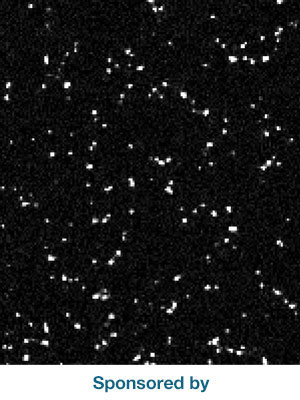

Bioluminescence imaging of live cells has been recognized as suitable for the study of circadian rhythms. Fluorescent probes are brighter, provide better spatial and temporal resolution and contrast. However, there is virtually no background or toxicity with bioluminescence imaging, making it useful for detecting and quantifying molecules and their interactions in living cells. Structurally diverse luciferases from beetle and marine species have been used for various applications, including tracking cells in vivo and reporting circadian clock gene expression. Such applications can be optimized by the use of brighter, multicolored luciferases, brighter microscope optics, and ultrasensitive, low-noise cameras. This presentation reviews how bioluminescence imaging differs from fluorescence imaging, its application to the study of circadian rhythms in single cells, and ways to optimize bioluminescence imaging of single cells. The presenters provide guidance on choosing appropriate technology for your microscopy setup and target applications.
Choosing the Right Detector Technology for Bioluminescence
Understanding the distinctions between different imaging detector technologies is key to making the right detector choice for your microscopy set-up and target applications. The presenters demystify some of these specification subtleties and relate them to the distinct requirements of bioluminescence versus fluorescence imaging.
David K. Welsh, M.D., Ph.D.
David Welsh is an associate professor at the UC San Diego Department of Psychiatry and a staff psychiatrist at the VA San Diego Healthcare System.
Colin Coates, Ph.D.
Colin Coates is Product Manager at Andor Technology, responsible for camera technologies.
|
MARK YOUR CALENDAR
Date: Tue, Apr 26, 2016
Time: 12:00 PM - 1:00 PM EDT
|
Space is limited. Reserve your Webinar seat now at:
https://attendee.gotowebinar.com/register/4724723883940938241
After registering you will receive a confirmation email containing information about joining the Webinar.
|
SYSTEM REQUIREMENTS
PC-based attendees
Required: Windows® 8, 7, Vista, XP or 2003 Server
Mac®-based attendees
Required: Mac OS® X 10.6 or newer
Mobile attendees
Required: iPhone®, iPad®, Android™ phone or tablet, Windows 8 or Windows Phone 8
|
Visit Photonics Media to watch past webinars on demand to learn more about the latest developments in lasers, imaging, optics, biophotonics, machine vision, spectroscopy, microscopy, photovoltaics and more.
https://photonics.com/Webinars.aspx
|
|

|
|



|